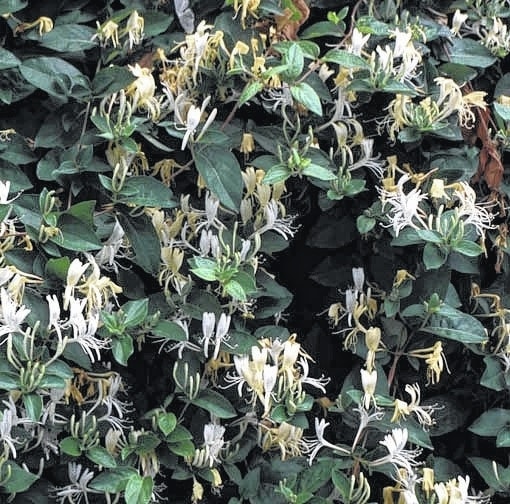
Invasive species are a threat to the flora of Delaware, said the chairman of the city of Delaware’s Shade Tree Commission recently.
“The impact of alien invasive species is ranked second only to habitat destruction as a threat to global biodiversity,” said chairman Paul Olen. “The main reason plants become invasive is because they have no natural control (diseases, pests, or species that consume them) and they reproduce quickly.”
An invasive species is often introduced to an area by accident, without understanding that it can become a threat.
“We just don’t know that they’re going to be a problem until they’ve already started to spread,” he said.
Sometimes, a species is brought in to control another species, like the Asian spotted lady beetle was for the pecan aphid, but becomes a problem in itself.
“They displace native plants and natural habitats,” Olen said of invasive species. “They can displace rare species or all species, form dense monocultures, they alter the food web, they reduce plant and animal diversity, affect human recreation and impact economic resources.”
While there are many types of invasive species, Olen spoke at the meeting mainly about the bush honeysuckle, which has become prevalent over the last 20 years.
“One of the big problems with bush honeysuckle is that it inhibits the regeneration of forest,” Olen said. “Seedlings will not have a chance to grow and establish a forest underneath bush honeysuckle. In central Ohio, that’s a huge issue.”
He said that if you look underneath the bush honeysuckle, there is nothing living underneath it.
Bush honeysuckle can be seen on some city property and the land behind Dempsey Middle School, Olen said.
The Ohio Department of Natural Resources lists bush honeysuckles among its top 10 invasive plants. They can grow six to 15 feet high. They have dark green, egg-shaped leaves with white or pink tubular flowers. Birds eat their berries, which can spread the shrubs.
Efforts to control or eradicate an invasive plant species includes hand pulling or cutting them, herbicide application, and controlled burning. The areas where they were cleared then need to be monitored so they don’t reappear.
“We’re still learning what works and what doesn’t,” Olen said.
In its place, native alternatives can be grown. In the case of the honeysuckle, the ODNR suggests dogwoods, nine-bark, northern arrowwood, winterberry and chokeberry.
It is initially expensive to control an invasive species, but subsequently becomes a manageable maintenance issue, like routine weeding, Olen said.


